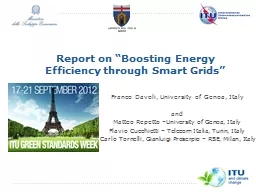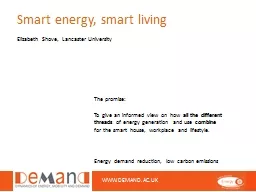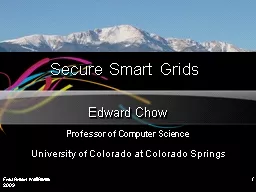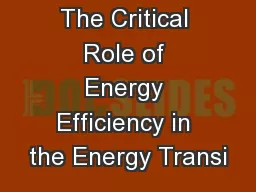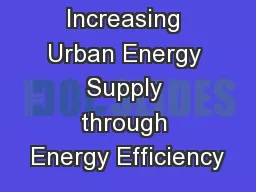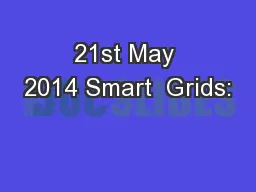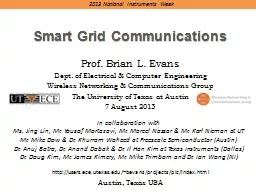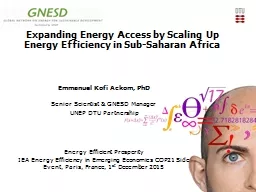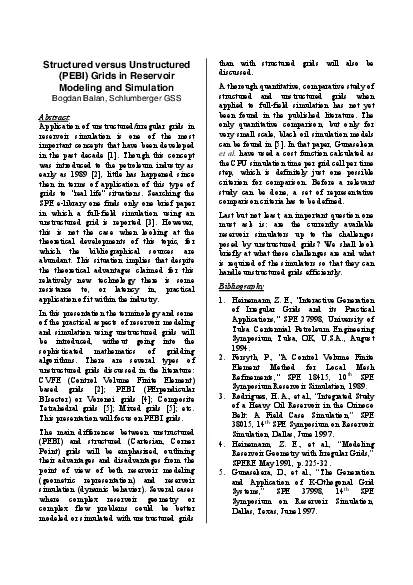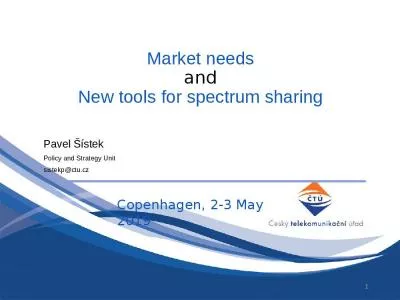PPT-Report on “Boosting Energy Efficiency through Smart Grids”
Author : elitered | Published Date : 2020-06-26
Franco Davoli University of Genoa Italy and Matteo Repetto University of Genoa Italy Flavio Cucchietti Telecom Italia Turin Italy Carlo Tornelli Gianluigi
Presentation Embed Code
Download Presentation
Download Presentation The PPT/PDF document "Report on “Boosting Energy Efficiency..." is the property of its rightful owner. Permission is granted to download and print the materials on this website for personal, non-commercial use only, and to display it on your personal computer provided you do not modify the materials and that you retain all copyright notices contained in the materials. By downloading content from our website, you accept the terms of this agreement.
Report on “Boosting Energy Efficiency through Smart Grids”: Transcript
Download Rules Of Document
"Report on “Boosting Energy Efficiency through Smart Grids”"The content belongs to its owner. You may download and print it for personal use, without modification, and keep all copyright notices. By downloading, you agree to these terms.
Related Documents

